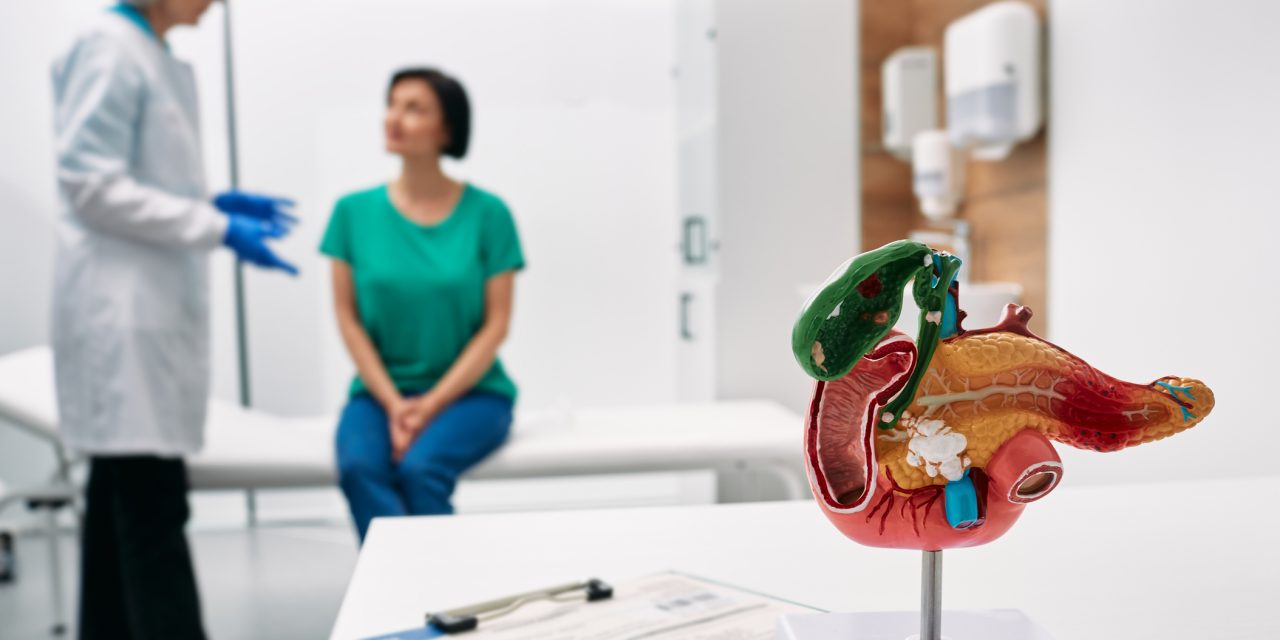Modeling of retrospectively collected multi-center data of a rare disease in pediatrics is challenging because laboratory data can stem from several decades measured with different assays. Here we present a retrospective pharmacometrics (PMX) based data analysis of the rare disease congenital hypothyroidism (CH) in newborns and infants. Our overall aim is to develop a model that can be applied to optimize dosing in this pediatric patient population since suboptimal treatment of CH during the first 2 years of life is associated with a reduced intelligence quotient between 10 and 14 years. The first goal is to describe a retrospectively collected dataset consisting of 61 newborns and infants with CH up to 2 years of age. Overall, 505 measurements of free thyroxine (FT4) and 510 measurements of thyrotropin or thyroid-stimulating hormone were available from patients receiving substitution treatment with levothyroxine (LT4). The second goal is to introduce a scale/location-scale normalization method to merge available FT4 measurements since 34 different postnatal age- and assay-specific laboratory reference ranges were applied. This method takes into account the change of the distribution of FT4 values over time, i.e. a transformation from right-skewed towards normality during LT4 treatment. The third goal is to develop a practical and useful PMX model for LT4 treatment to characterize FT4 measurements, which is applicable within a clinical setting. In summary, a time-dependent normalization method and a practical PMX model are presented. Since there is no on-going or planned development of new pharmacological approaches for CH, PMX based modeling and simulation can be leveraged to personalize dosing with the goal to enhance longer-term neurological outcome in children with the rare disease CH.
Modeling of levothyroxine in newborns and infants with congenital hypothyroidism: challenges and opportunities of a rare disease multi-center study.


